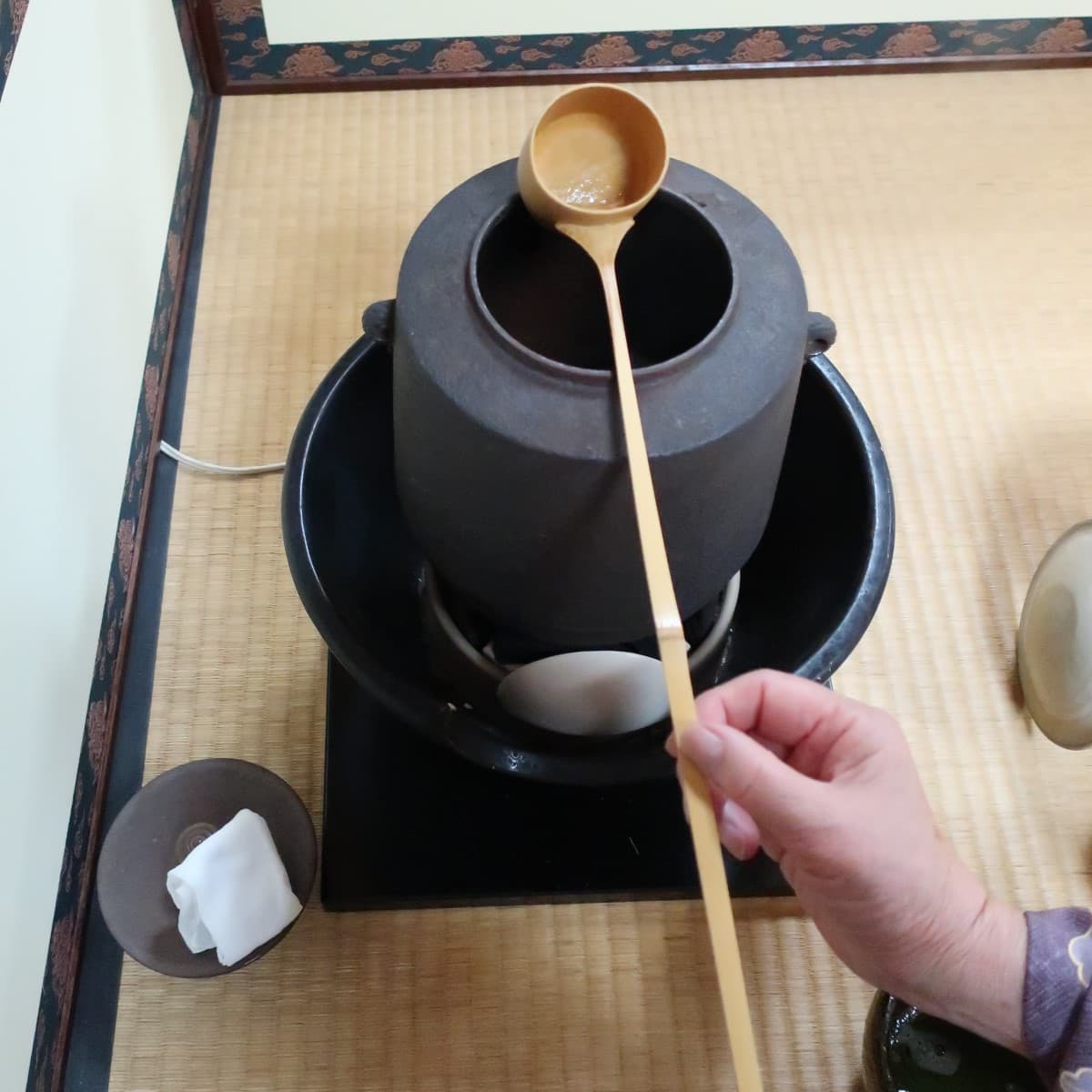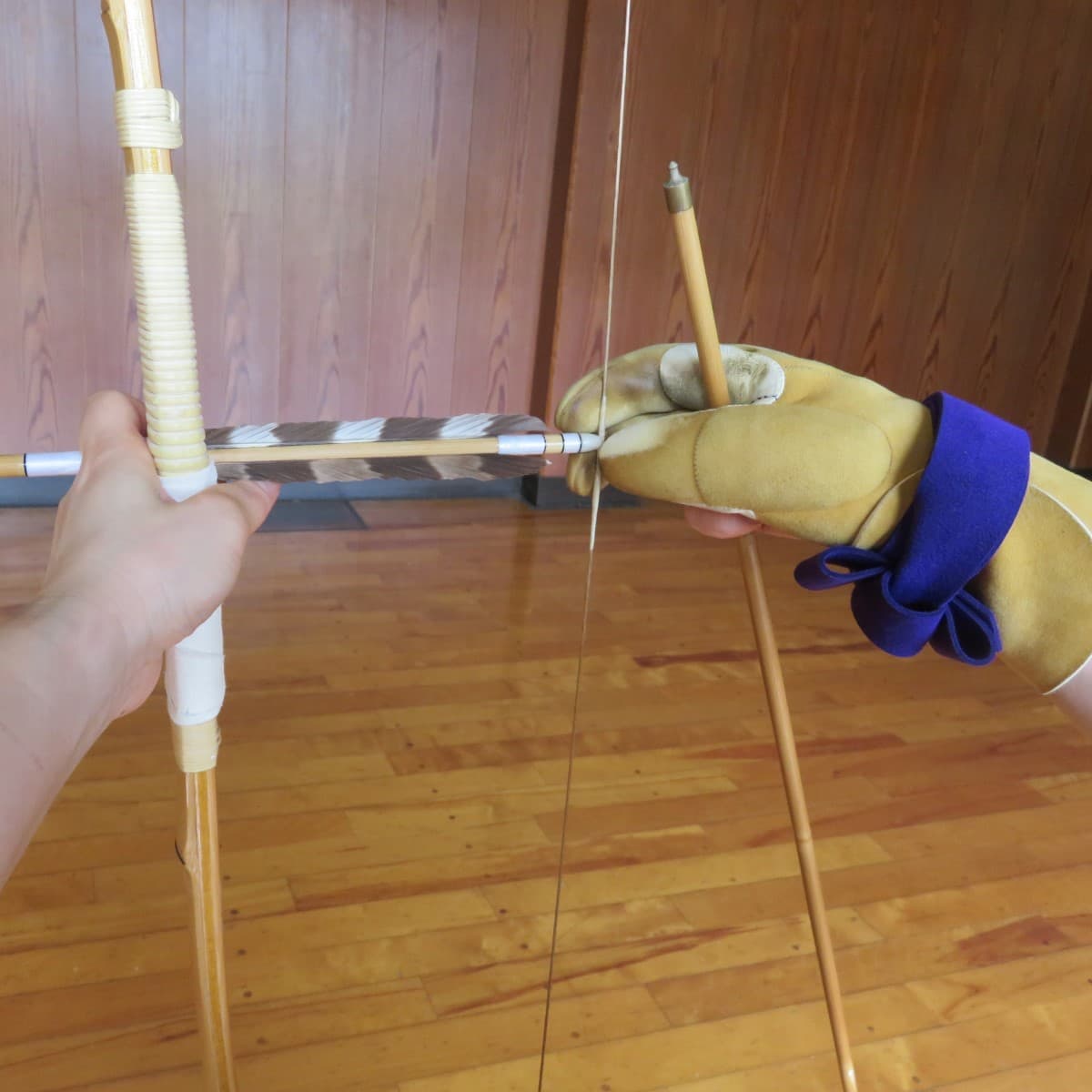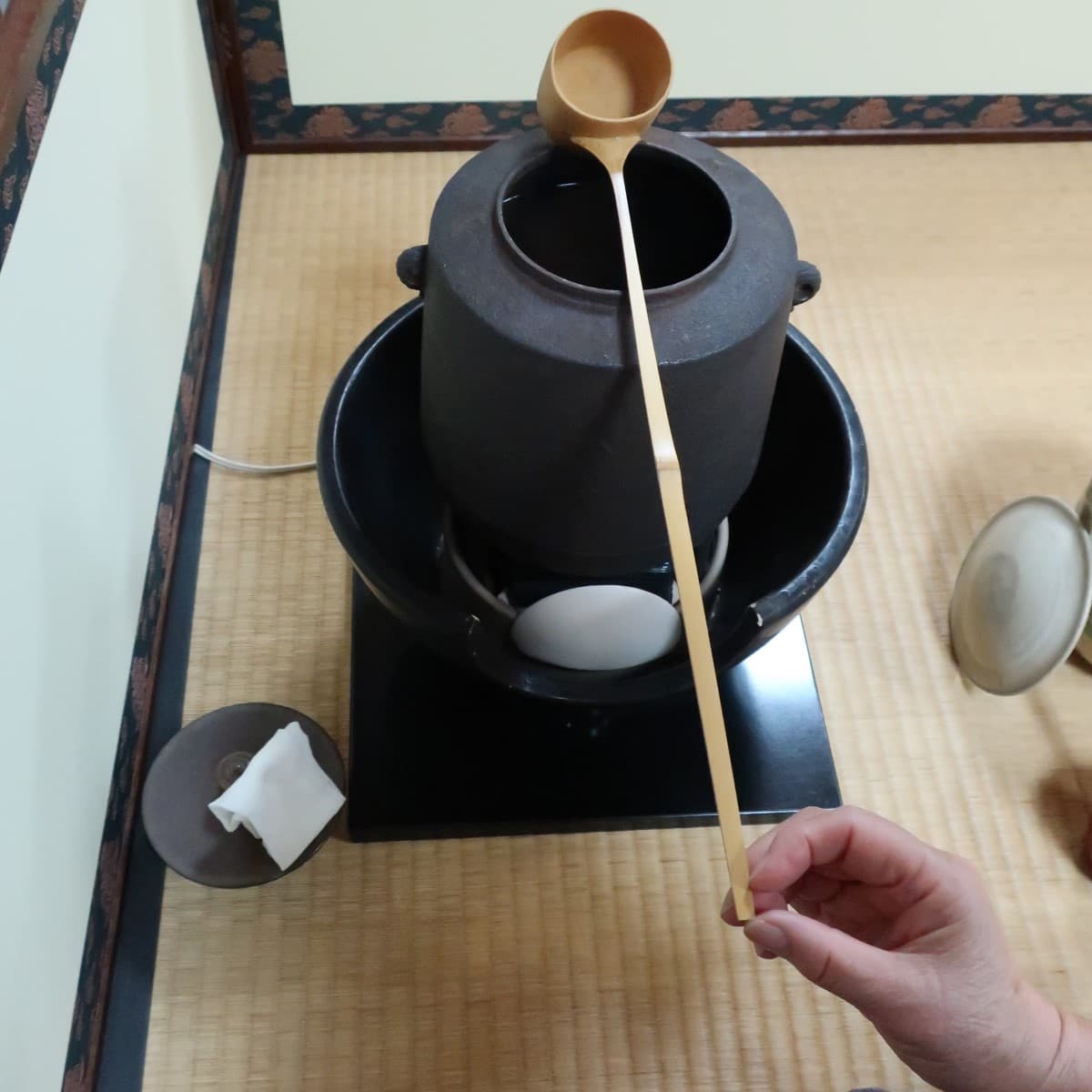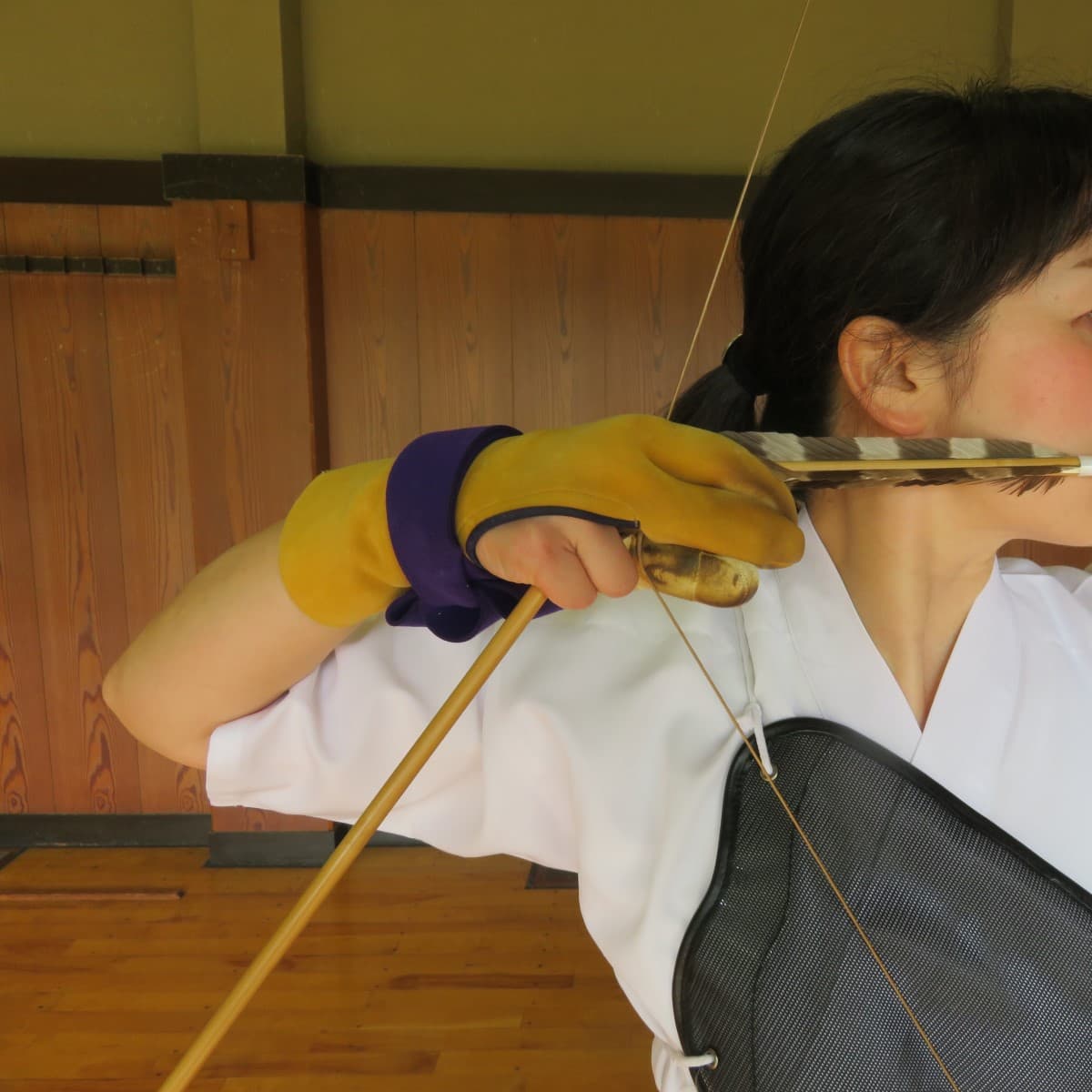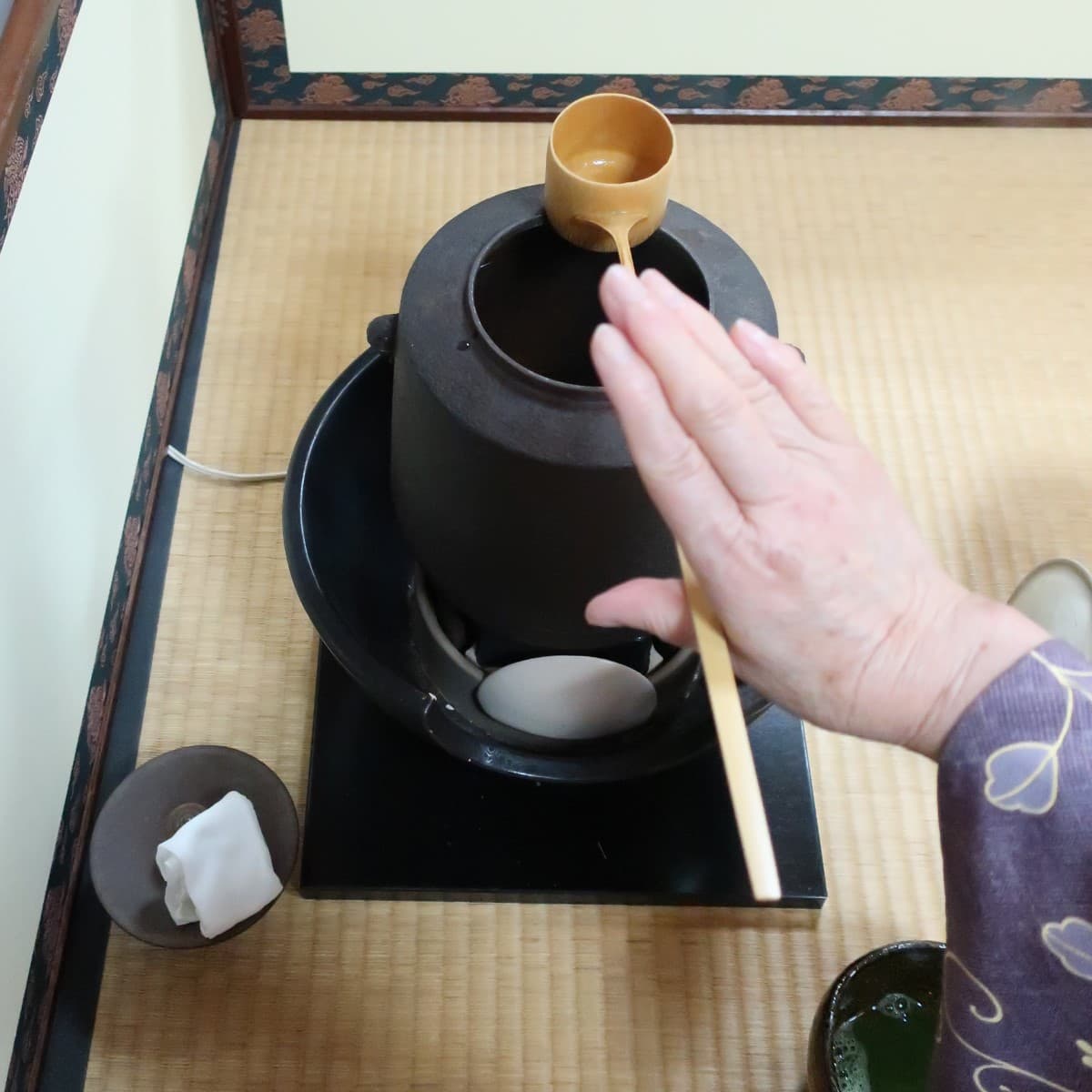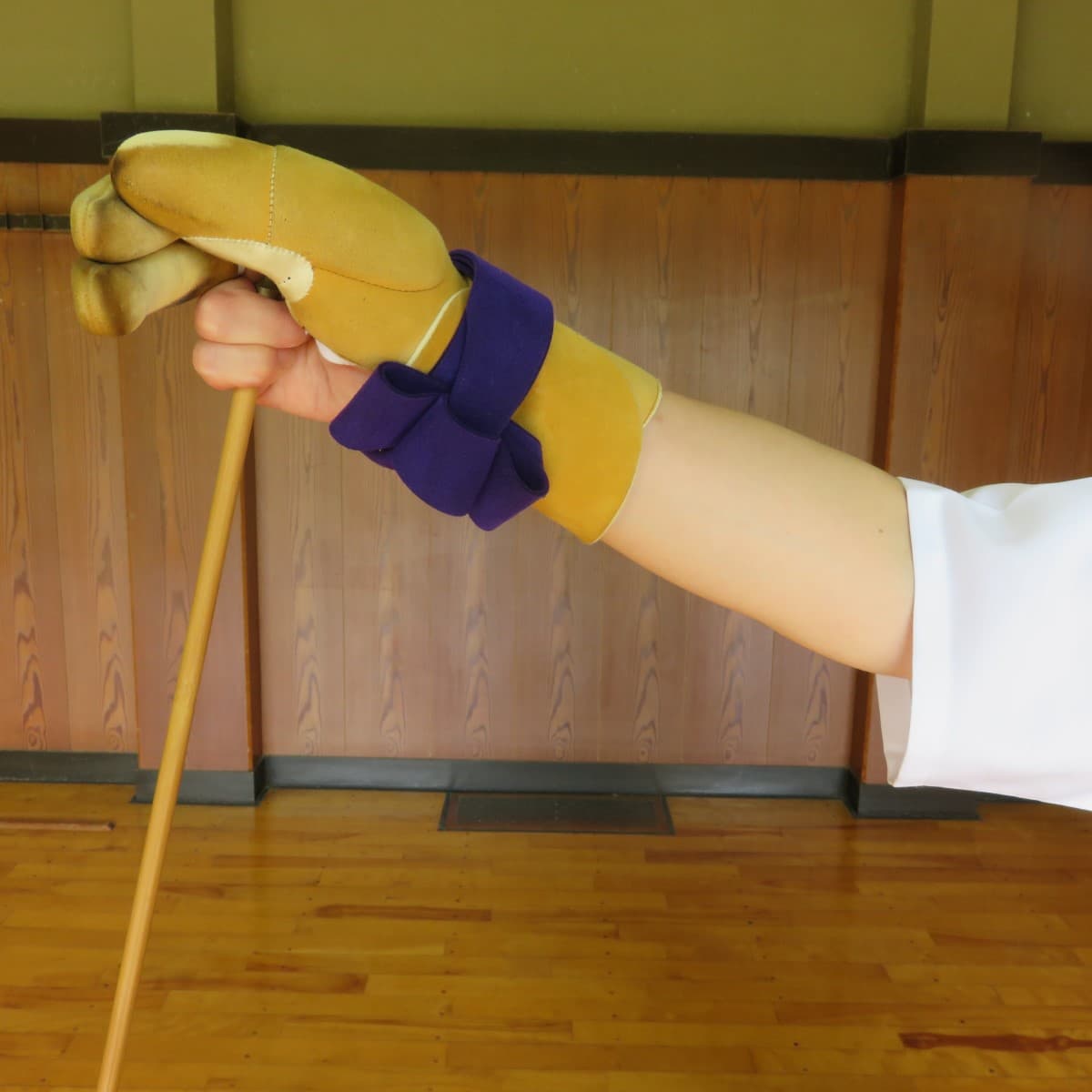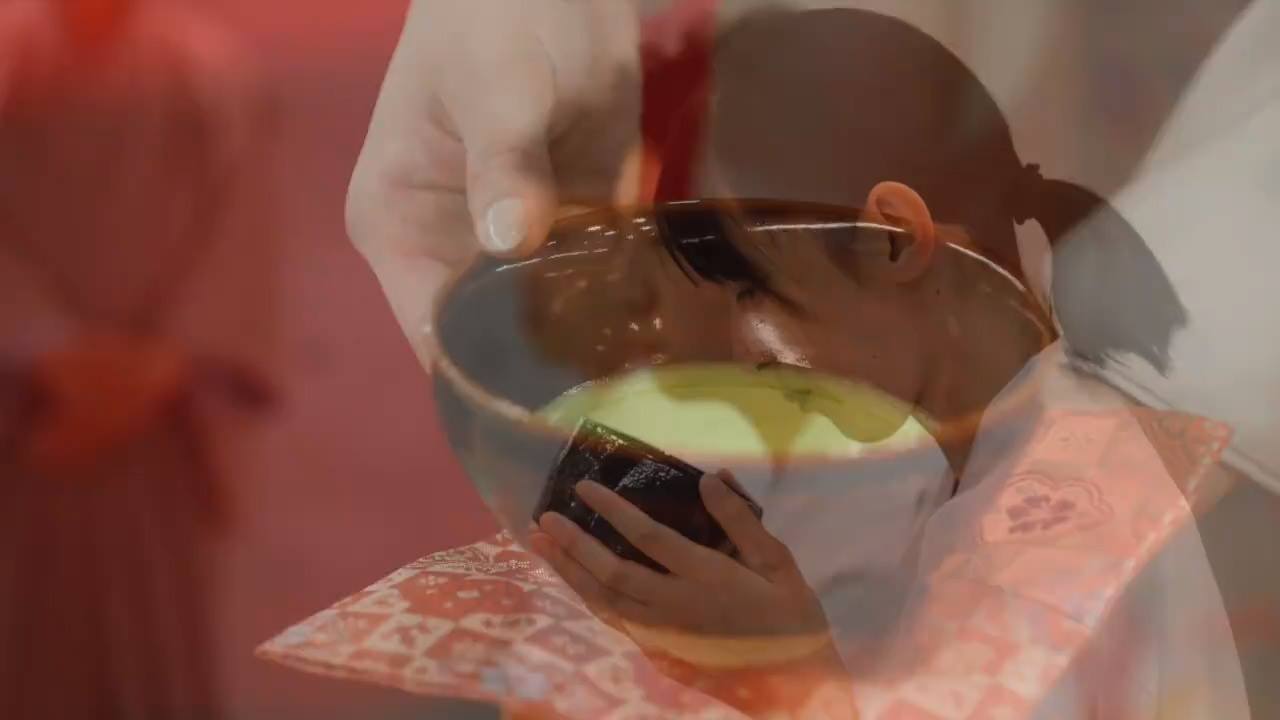 Chadō (Japanese tea ceremony) and kyūdō (Japanese archery) share a long history, and each has their own set of rigid etiquette rules that have been passed down through history to present day. Above all other fixed practices within tea ceremony, the usage of the hishaku, or tea ladle, is the best way to identify the connection between tea ceremony and archery.
Chadō (Japanese tea ceremony) and kyūdō (Japanese archery) share a long history, and each has their own set of rigid etiquette rules that have been passed down through history to present day. Above all other fixed practices within tea ceremony, the usage of the hishaku, or tea ladle, is the best way to identify the connection between tea ceremony and archery.
Within one of the school of tea ceremony, Urasenke, there are three types of ladle handling methods including okibishaku, hikibishaku and kiribishaku.
Okibishaku: fitting an arrow to the bow
In okibishaku, the ladle is placed on top of the kettle after using it to draw water.
It is said that okibishaku resembles the archer’s hand as they fit an arrow to their bow.
Hikibishaku: drawing an arrow at full extension
Hikibishaku is the way in which the ladle is handled through the chasen (tea stirring whisk). It is said that hikibishaku resembles an archer drawing the bow at full extension before he releases the arrow.
Kiribishaku: releasing the drawn arrow
In kiribishaku, after pouring matcha powder into the teacup and adding half a ladle of water, the remaining water in the ladle is returned to the kettle, and the ladle is placed on top of it. It is said that kiribishaku resembles the moment in which an archer releases their arrow.
Both the Japanese practices of Chadō and kyūdō are practiced using a specified means of conduct determined by the unconsciousness in a quiet environment free from obstructive thoughts. In addition, the commonality between these two art types can be seen through the standing, sitting and other manual actions that incorporate Japanese culture passed down through generations and display correct posture and beautiful visual appearances.


